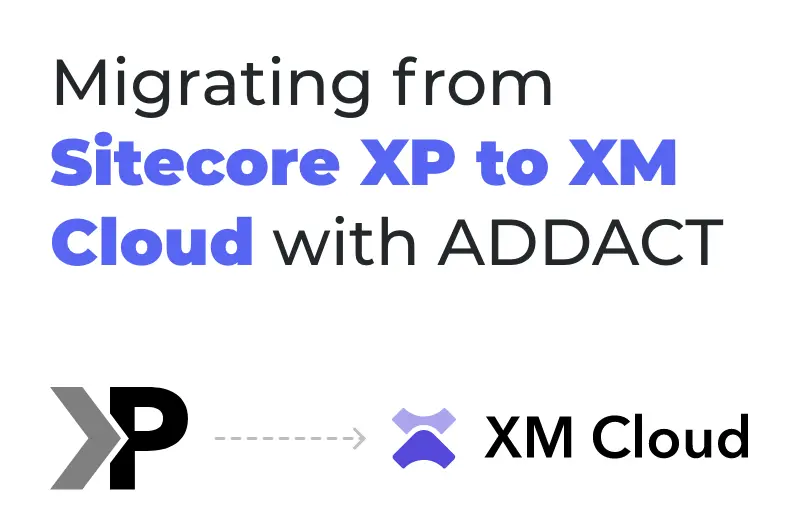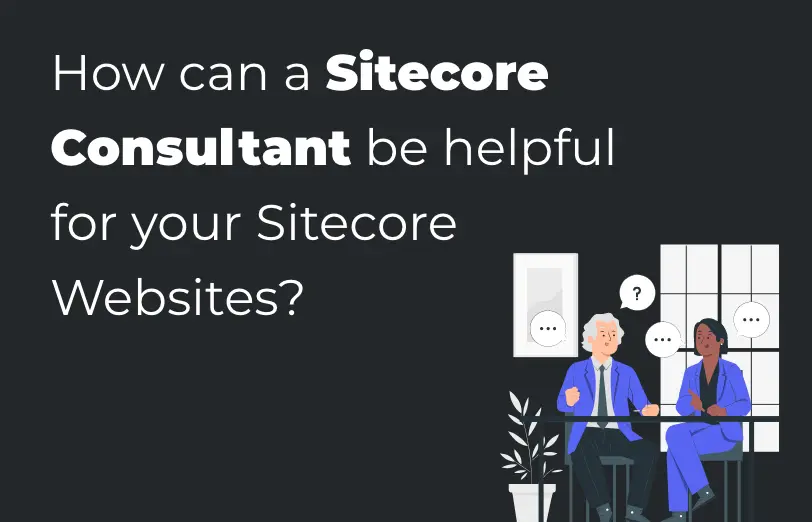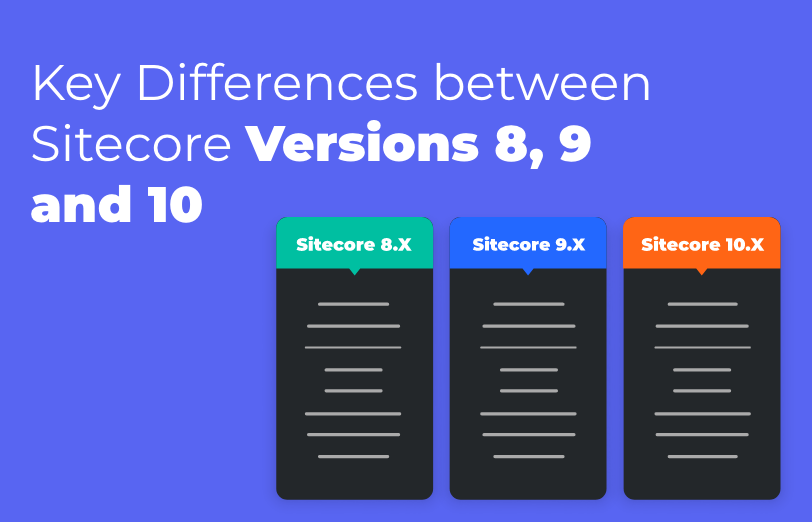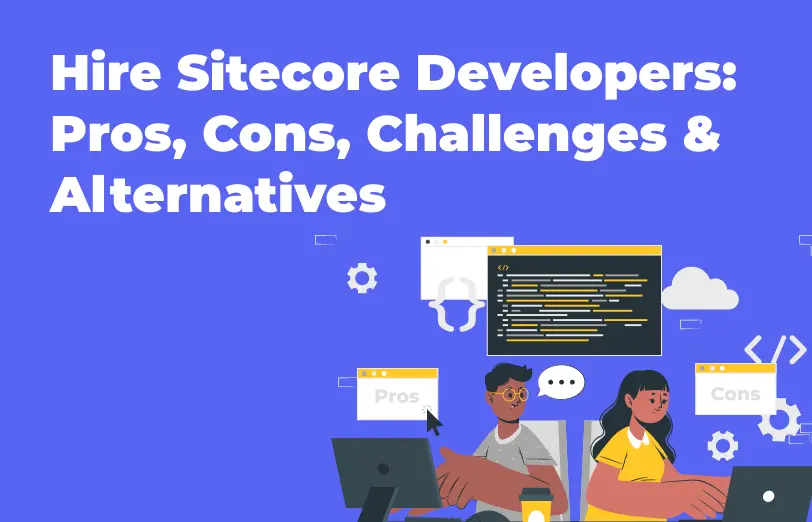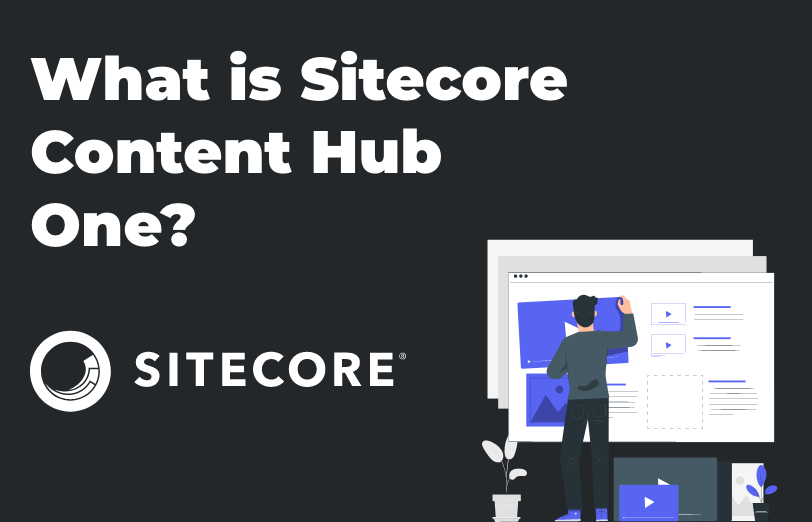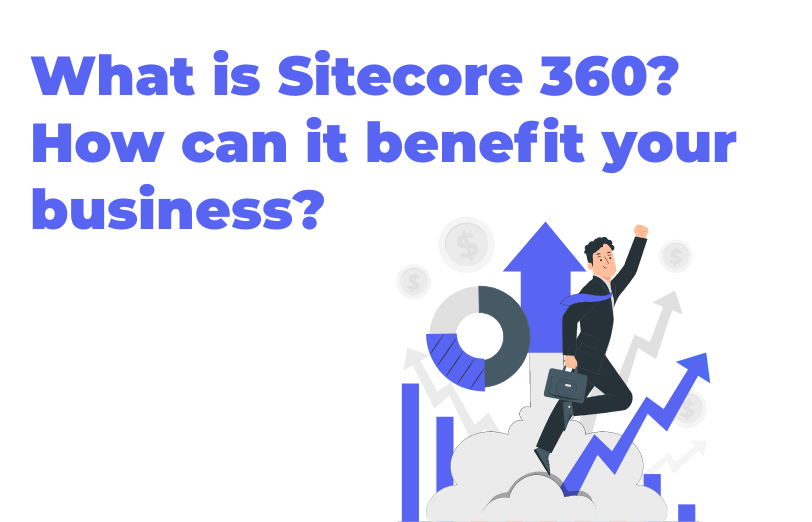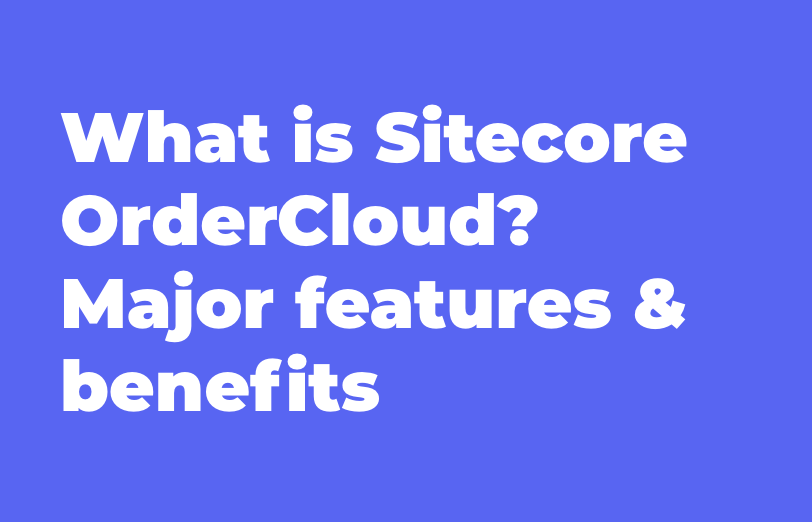Need An Accurate Estimate For Your Sitecore XM Cloud Migration Project? Kickstart Your Journey Here!
Get My EstimateSitecore offers a powerful duo of content management systems (CMS): Sitecore XP and Sitecore XM. While they share many features, their target audiences differ. Sitecore XM Cloud is an innovative cloud-based version of Sitecore Experience Manager that utilizes headless architecture. This means content creation and delivery are separated, giving developers more flexibility and freedom to leverage their preferred front-end tools.
XM Cloud isn't just an upgrade; it's a game-changer. This headless, SaaS-based CMS offers a whole new level of website management. It streamlines workflows, enhances capabilities, and empowers you to create truly engaging digital experiences.
Key Considerations:
| Features | Sitecore XP | XM Cloud |
|---|---|---|
| Deployment | On-premises or Cloud | Cloud-based |
| Architecture | Traditional | Headless |
| Personalization | Advanced AI-driven | Session-based |
Moving Your Content to the Cloud: From Sitecore XP to XM Cloud
The digital world is constantly changing and updating your CMS (Content Management System). Which is critical to staying ahead. If you use Sitecore XP, it is suggested to think about moving to Sitecore XM Cloud. This blog post will help you with the process, showing you the benefits, challenges, and essential points for a smooth switch from Sitecore XP to XM cloud.
But before migrating to the XM cloud let us tell you why it is crucial to consider migration from Sitecore XP to XM cloud.
Moving your CMS to the XM cloud offers a multitude of advantages with the latest features and functionalities. Here are a few highlights that XM cloud offers:
These are a few reasons that you will surely consider migrating to the XM Cloud. Now with the further move let’s discuss the process of migration.
-
Reduced Costs:
XM Cloud is a subscription-based service that provides a predictable cost structure and frees up your IT resources. By migrating to the XM cloud, you can significantly reduce costs associated with expensive hardware upgrades and ongoing maintenance.
-
Automatic Updates:
XM Cloud, powered by Sitecore, brings automatic updates that keep you on the cutting edge. This crucial factor needs to be considered when migrating to XM Cloud for a seamless experience.
-
Enhanced Security & Scalability:
XM Cloud utilizes the cloud's robust security infrastructure, ensuring peace of mind for your data. Additionally, effortlessly scale up or down your CMS to meet fluctuating demands.
-
Headless Flexibility:
XM Cloud effortlessly combines with headless technologies, enabling you to easily distribute content through various channels like mobile apps, single-page applications, and more. This future-proof approach ensures seamless integration and delivery across any channel.
There are several compelling reasons to consider migrating to the XM Cloud. Now, let's delve into the process of Sitecore XP to XM cloud migration with our next steps.
While migrating to XM Cloud offers significant benefits, it's not a simple "lift and shift" scenario.
Here's a breakdown of the key steps involved:
-
Evaluation & Planning:
This initial phase involves assessing your current Sitecore XP setup, identifying content and functionalities to migrate, and creating a detailed migration plan.
-
Content & Configuration Migration:
XM Cloud supports structured content, media assets, user roles, and configurations from your existing XP instance. Tools like the Sitecore CLI can streamline this process.
-
Front-End Modernization:
Traditional MVC renderings used in XP won't work seamlessly with XM Cloud's headless architecture. Consider modernizing your front end to leverage Sitecore Headless Services.
-
Development & Testing:
Depending on the complexity of your website, custom code adjustments might be required for smooth integration with XM Cloud. Rigorous testing throughout the process is essential.
-
Go-Live & Ongoing Management:
Once everything is thoroughly tested and verified, it's time to launch your website on XM Cloud. However, the journey doesn't end there. Ongoing monitoring and management are crucial for optimal performance.
While migration offers advantages, there are many challenges to be aware of given below:
-
Front-End Rework:
Modernizing your front end to work with headless architecture can be a significant undertaking, especially for complex websites.
-
Custom Code Migration:
Adapting custom code developed for XP might be necessary for proper functionality in XM Cloud.
-
Change Management:
Transitioning to a new cloud-based system requires proper change management to ensure user adoption and a smooth workflow.
Before embarking on your migration journey, here are some crucial factors to think about:
-
Project Scope:
Clearly define the scope of your migration—whether it involves a complete website overhaul or just a content and configuration transfer.
-
Technical Expertise:
Assess your in-house development capabilities or consider partnering with a Sitecore migration expert.
-
Cost & Timeline:
Develop a realistic budget and timeline for the project, considering the complexity of your website and desired functionalities.
By carefully evaluating your needs, planning meticulously, and clearly understanding the migration process, you can ensure a successful transition from Sitecore XP to XM Cloud. With its scalability, security, and future-proof architecture, XM Cloud can empower you to deliver exceptional digital experiences and stay ahead of the curve.
Our team is comprised of top-tier developers with proven certifications. You can rest assured knowing your migration is in the hands of seasoned professionals. We've tackled countless migrations, and our extensive experience ensures a seamless process.
Ready to ditch the migration headaches? Contact ADDACT today and experience the difference!
Want to improve your Sitecore platform? Get a free audit now!

 About Us
About Us
 Careers
Hiring
Careers
Hiring
 Our Story
Our Story
 Let’s talk
Let’s talk






